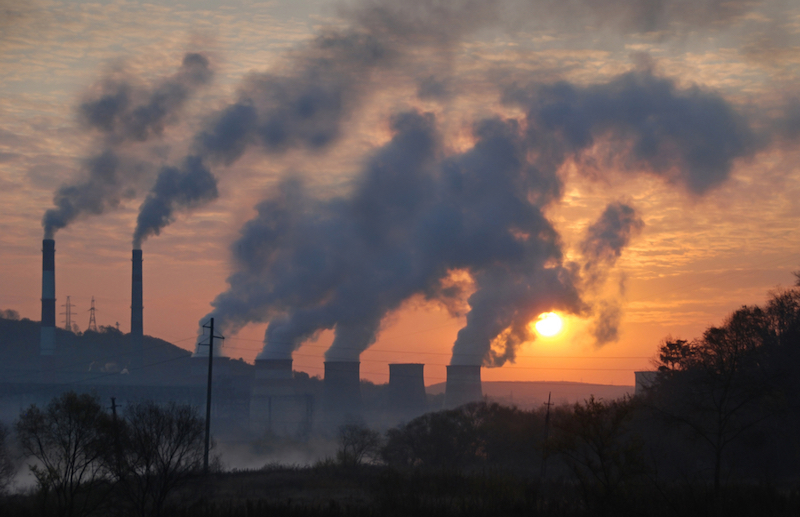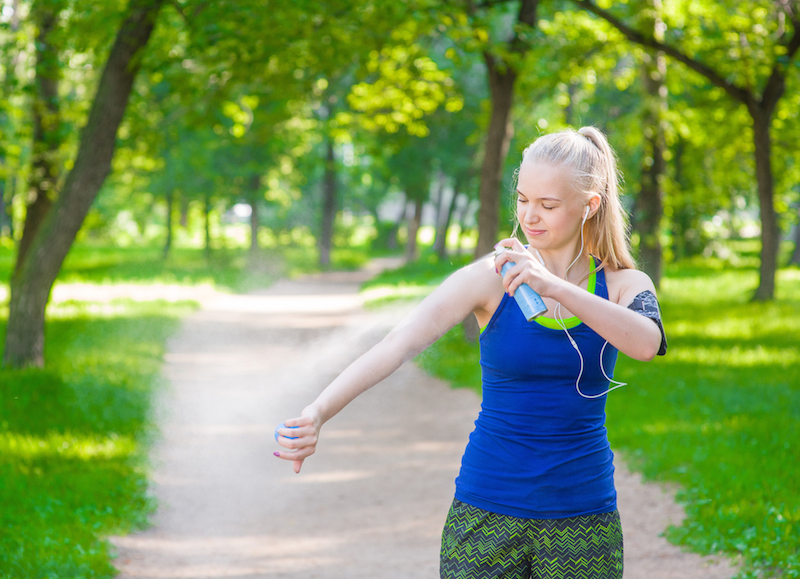10 Ways the EPA Has Protected Earth and You
EPA landmarks

Since its establishment in 1970, the Environmental Protection Agency (EPA) has implemented acts to protect America's great outdoors, including its air, water and wildlife. However, the agency's future is in peril: During his campaign, President Donald Trump suggested eliminating the EPA, and more recently his administration suggested cutting the EPA's staff by 20 percent and its budget by 25 percent.
Here are 10 landmark acts and programs that the EPA has implemented over the years to help make the country more energy efficient and more environmentally safe. [Read the full story on what life would be like without the EPA]
Clean Water Act of 1972

Years ago, people and companies could pollute U.S. waterways without a second thought.
But now, there are consequences to polluting water. The Clean Water Act (CWA) ensures that people and industries don't contaminate American waters with substances that are harmful to human health or wildlife. If a company does have polluted wastewater, it can apply for a permit through the EPA's National Pollutant Discharge Elimination System (NPDES).
The Clean Water Act also enables partnerships — it made it possible for the United States and Canada to sign the Great Lakes Critical Programs Act of 1990, which required the two countries to reduce certain toxic pollutants in the Great Lakes, the EPA said.
Safe Water Drinking Act of 1974

The Office of Water (OW) safeguards the nation's drinking water with the Safe Water Drinking Act.
In addition to sustaining clean drinking water, the office restores and protects oceans, watersheds and other aquatic ecosystems with the goal of guarding the health of humans and wildlife and promoting recreational activities, such as fishing.
The office also monitors for the improper disposal of chemicals, animal waste and pesticides, as well as any wastes injected underground and naturally occurring substances that may be harmful, including Legionella, the bacteria that causes Legionnaire's disease, the office said.
Clean Air Act of 1970

The Clean Air Act (CAA) regulates air emissions. More important, it allowed the EPA to set National Ambient Air Quality Standards (NAAQS) — a policy that protects air quality for the public and regulates hazardous air pollutants.
The EPA also worked with states to develop improvement plans specific to their regions. However, because so many states missed their deadlines, the act was amended in 1977 and 1990 to set new goals for achieving NAAQS, the EPA said.
These laws apply to "major sources" of pollution, which can emit 10 tons or more per year of a hazardous air pollutant, or 25 tons or more per year of multiple hazardous air pollutants.
CAA programs have decreased levels of six common pollutants, including particles, ozone, lead, carbon monoxide, nitrogen dioxide and sulfur dioxide, all while the U.S. economy grew, the EPA said.
Superfund Redevelopment Initiative

In an effort to stop the "midnight dumping" of toxic waste, Congress passed the Resource Conservation and Recovery Act (RCRA) in 1976. The act gave the EPA the authority to establish controls over hazardous waste.
But it took two more acts — the Toxic Substances Control Act in 1976 and the Comprehensive Environmental Response, Compensation and Liability Act in 1980 — before the EPA got the go-ahead to manage cleanup at Superfund sites — the nation's most hazardous waste sites, the agency said.
Several toxic disasters propelled these acts forward: In 1977, a series of chemical reactions ignited a chemical-waste treatment facility in Bridgeport, New Jersey, killing six and hospitalizing 35; in 1978, President Jimmy Carter declared a state of emergency at Love Canal, New York, after people reported having skin rashes, miscarriages and birth defects; and in 1980, toxic waste burst into flames at a waste storage facility in Elizabeth, New Jersey, the EPA said.
Federal Insecticide, Fungicide and Rodenticide Act of 1996

Pesticides can protect plants from pests, but what's to stop them from harming the health of people and animals?
Rigorous testing, according to the EPA. The agency evaluates new pesticides before they can enter the market, and re-evaluates existing pesticides regularly to make sure they are still safe to use, the agency said.
Greenhouse Gas Reporting Program of 1990

Since 1990, the Greenhouse Gas Reporting Program has provided official annual estimates on nationwide greenhouse gas emissions.
Some of the places that report their emissions to the program include power plants, petroleum and natural gas systems and landfills.
"The data are also being used to inform regulatory actions and voluntary emission reduction efforts," the EPA said.
Get the world’s most fascinating discoveries delivered straight to your inbox.
National Listing of Fish Advisories

The EPA began posting fish and shellfish advisories in 1993. These advisories tell consumers about contaminants in seafood, including mercury, polychlorinated biphenyls (PCBs), chlordane, dioxins and dichlorodiphenyltrichloroethane (DDT).
"These contaminants accumulate in fish tissue at concentrations many times higher than concentrations in the water and can persist for years in sediments, where bottom-dwelling creatures eat them and pass them to larger fish," the EPA said.
The number of safe-eating guidelines has risen from 20 in 1993 to 1,040 in 2011, the EPA reported.
Insect repellents

The EPA ensures that EPA-approved insect repellents — including roach sprays, mosquito repellants, flea collars and other insect-killing products — actually work and don't poison people or pets.
The Beaches Environmental Assessment and Coastal Health (BEACH) Act of 2000

Beachgoers usually want to sunbathe and swim rather than deal with nasty pathogens and sewage in the water. The BEACH Act of 2000 addresses that by requiring states, territories and tribes to have stringent water-quality standards and notification systems in case there is a dangerous situation at a beach.
The act also provides grants to help local governments "protect beachgoers from contaminated water at coastal beaches," with beach monitoring and notification programs, the EPA said.
For instance, EPA grants fund the Florida Healthy Beaches Program, which posted 153 water-quality advisories in 2016, according to the Tallahassee Democrat.
"In case you need a reminder of why water quality monitoring is important: During Hurricane Sandy, 172 million gallons of waste spilled into Tampa Bay and adjacent waterways," Holly Parker, a regional manager at the Surfrider Foundation, an environmental nonprofit, wrote in the Tallahassee Democrat. "In May 2016, more than 1 million gallons of raw sewage spilled into the Banana River in Brevard County. In June 2016, 800 gallons of raw sewage spilled in Mexico Beach in Bay County."
Energy Star

The EPA runs Energy Star, a program that helps people find the most energy-efficient appliances and equipment that can save energy and money, the Natural Resources Defense Council said.
The EPA began Energy Star as a voluntary labeling program in 1992 with the goal of helping consumers decrease greenhouse gas emissions. In 2012, Energy Star helped save businesses, organizations and consumers $24 billion, the EPA said.
[Read the full story on what life would be like without the EPA]

Laura is the managing editor at Live Science. She also runs the archaeology section and the Life's Little Mysteries series. Her work has appeared in The New York Times, Scholastic, Popular Science and Spectrum, a site on autism research. She has won multiple awards from the Society of Professional Journalists and the Washington Newspaper Publishers Association for her reporting at a weekly newspaper near Seattle. Laura holds a bachelor's degree in English literature and psychology from Washington University in St. Louis and a master's degree in science writing from NYU.


